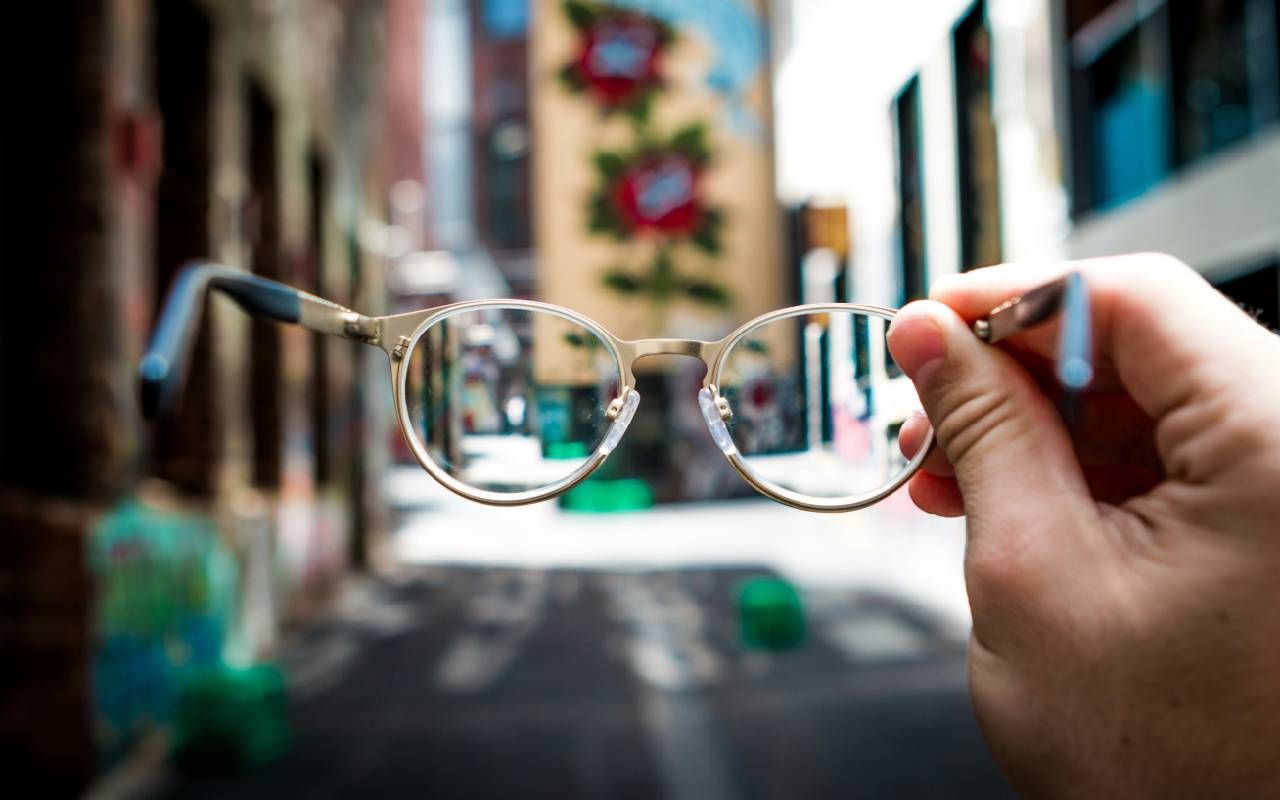Is Now a Good Time to Buy Glasses Online?
Companies that make spectacles and contact lenses are battling to grab bigger shares of a rapidly growing market
Between our aging population and the many hours that we spend daily staring at electronic screens, there's little wonder why more and more Americans — 165.5 million adults, according to the Vision Council, an industry group — wear corrective eyewear.

Aging matters because it is associated with presbyopia, commonly known as far-sightedness, and usually develops in older adults, of which we have many. Screens matter because prolonged use of them is correlated with computer vision syndrome as well as myopia, or near-sightedness, which has become much more common, research shows.
Consumers today can even get a refraction exam for prescription lenses by using their smartphone or laptop.
The U.S. market for eyewear was $31.7 billion in 2021, 6% more than 2020. Globally, the market is forecast to grow at a compound annual growth rate of 8.5% from 2023 to 2030.
Tech Disrupts the Market
At the same time the market for glasses is growing, technology is disrupting it. The industry is evolving as more consumer choices, online competition and regulatory updates pull the rug out from under its old model of one-stop exam and glasses purchase.
Advancements in eyewear technology and telehealth also are driving changes in the industry. For example, consumers today can even get a refraction exam for prescription lenses by using their smartphone or laptop. Why step into a doctor's office?
Result? There are myriad ways to save money on eye care, including shopping online.
Even the three largest eyewear retailers the U.S. — EssilorLuxottica, Walmart and National Vision Holdings — have felt the effect of changes to the industry and responded: EssilorLuxottica has added big box stores and online retailers. National Vision Holdings, which owns five retail chains, is opening new stores across the country. Walmart has extended from in-store to online shopping.
The Eyeglass Rule
The Federal Trade Commission (FTC) promotes fair competition in the marketplace, including eyeglasses. Since 1978, the "Eyeglass Rule" has given you the right to get a written copy of your eyeglass prescription at no extra charge after an eye exam. Having a copy lets you comparison shop for frames and lenses. Many consumers ask for a hard copy and a digital version to have on hand wherever they are.
Be sure to ask for your pupillary distance (PD), which is the distance in millimeters between your pupils or from your pupils to the center of your nose bridge. It's necessary to properly fit new glasses, but not always part of your prescription.
Choosing to Save Money
Whichever way you choose to shop, before you start looking for eyeglasses, check with your health insurance to understand if any part of the eyeglasses are covered. For veterans, seek your eye care through the benefits you are entitled to.
Another way to save on eyeglasses is rather than get new frames, ask for the lenses to be replaced with your new prescription.
Another way to save on eyeglasses is rather than get new frames, ask for the lenses to be replaced with your new prescription.
For locations with on-site optometrists, Walmart Vision Center and Costco Optical cannot be beat on prices. They typically offer frames and lenses at much lower prices than a local store. The only downside, their optometrists may not always be available for after-hours emergencies.
Check Your Vision Insurance
LensCrafters and Pearle Vision have a wide range of frames and services and can be great places to save on spectacles if you watch for sales and coupons. Some places have same-day service.
Online buying may be cheaper, faster and easier than traditional retailers, but understand that spectacles with a low price may be of low quality and may not come with a warranty.
Another caveat: Many online retailers do not accept your medical insurance.
When Not to Go Online
Going online makes sense if you wear a single lens prescription or need a second pair of glasses; however, if your prescription is complicated, you may be making a mistake that degrades your vision. Contact lenses are harder to fit and could damage your eye without an initial fitting by a professional.
Your provider may understand if high-index lens materials, which yield thinner, lighter lenses, are right for you, and may be trained in using digital lenses that use a laser to precisely measure eyes to make lenses that are more customized to each individual.
Going online makes sense if you wear a single lens prescription or need a second pair of glasses; however, if your prescription is complicated, you may be making a mistake that degrades your vision.
Before you shop only for price, consider what your provider offers. Warranties and free adjustments are usually available so you can see clearly during the life of your glasses.
Beyond the Bottom Line
On the medical side, ask if your eye doctor regularly monitors various health conditions and is available for medical emergencies. Consider their overall benefits beyond the cost for an exam or eyeglasses alone. Price matters but so does eye health.
And keep in mind that despite the growth of online services, there are reasons why there are still 43,000 brick and mortar optical stores, the same number as in 2018. Some consumers are willing to pay to shop at luxury, high-end eyewear stores that focus on service, prestige and convenience, not to mention frames that flatter your face shape and match your prescription.
Medical expenses are one of the biggest costs for retirees. For those of us who wear glasses or need other devices, the cost can take a significant slice of our income. The options discussed here do not just apply to glasses; you can price shop many other medical services, from hearing aids to dental treatment.
We have come a long way since John McAllister opened America's first optical shop, in Philadelphia in 1796. That was a time of ready-made frames and lenses. With the centuries has come innovation and personalization. Being open and exploring options makes medical and financial sense.

C.D. Moriarty, CFP, is a Vermont-based financial speaker, writer and coach. She can be found at MoneyPeace.com. Read More

